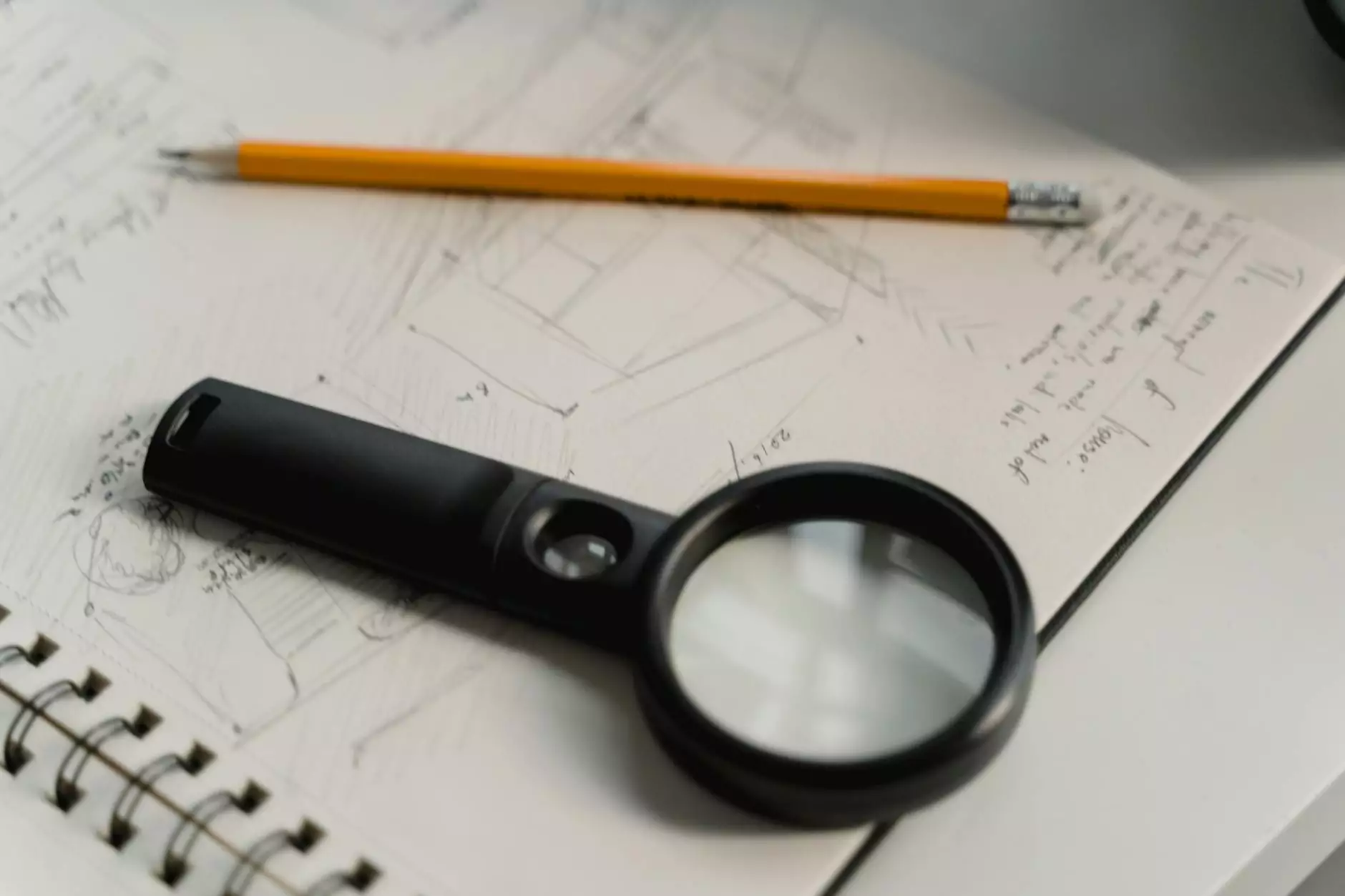Grant Proposal Example - How to write It in Steps

The Knowledge Nest - Community and Society
Introduction
Welcome to The Knowledge Nest's comprehensive guide on how to write a successful grant proposal. Our team of experts has designed this step-by-step example to assist you in creating a well-structured and impactful grant proposal for your organization or project. By following our guidelines and utilizing the provided examples, you can maximize your chances of securing the funding you need to make a positive difference in your community and society.
Understanding the Grant Proposal
A grant proposal serves as a formal request for financial assistance from grant-making organizations, governments, or foundations. As the competition for grants intensifies, it is crucial to craft a compelling proposal that stands out among others. A well-written grant proposal showcases your project's objectives, budget, and potential impact, while also demonstrating your organization's credibility and capacity to execute the proposed activities.
Step-by-Step Guide
1. Research and Planning
Before diving into the writing process, it is essential to conduct thorough research on potential funding sources that align with your project's goals and objectives. Identify organizations and foundations that have previously funded similar initiatives. This will increase your chances of finding the right fit for your project.
Once you have identified potential funders, review their guidelines and requirements carefully. Each funder may have specific criteria and preferences, such as target demographics, geographic focus, or thematic priorities. Adhering to these guidelines is crucial to avoid immediate rejection.
2. Executive Summary
The executive summary serves as a concise overview of your entire grant proposal. It should effectively summarize your project's purpose, activities, and expected outcomes. Keep it clear and engaging, highlighting the most critical aspects while providing a glimpse into the comprehensive proposal.
3. Statement of Need
In this section, clearly articulate the issue or problem your project aims to address. Provide compelling evidence and data to demonstrate the significance and urgency of the issue. Use impactful statistics, stories, or case studies to support your claims, making a strong case for why your project deserves funding.
4. Goals and Objectives
Outline the specific goals and objectives of your project. Ensure they are measurable, realistic, and aligned with the funder's priorities when applicable. Clearly state what you aim to achieve and the expected outcomes upon successful completion of the project. Aligning your goals with the funder's mission enhances your chances of securing funding.
5. Methodology/Approach
Explain the steps, strategies, and activities you will undertake to achieve the project's goals and objectives. Clearly outline your project's timeline, highlight key milestones, and indicate the resources required to execute the proposed activities. This section should provide the funder with a comprehensive understanding of how you plan to bring your project to life.
6. Budget and Sustainability
Develop a detailed budget that accurately reflects the financial requirements of your project. Break down the costs into specific categories and be transparent about how the grant funds will be utilized. Additionally, demonstrate your project's long-term sustainability by including plans for future funding, partnerships, or revenue streams beyond the grant period.
7. Evaluation
Explain how you will evaluate the success and impact of your project. Identify measurable indicators that will help assess progress towards your goals. This section demonstrates your commitment to accountability and ensures the funder that their investment will yield tangible outcomes.
8. Conclusion
In the concluding section, summarize the key points of your proposal, emphasizing the potential impact and benefits of funding your project. Restate your organization's capacity and dedication to achieving the proposed outcomes. Express gratitude for the funder's consideration and invite any further discussions or inquiries.
Conclusion
Writing a compelling grant proposal requires careful planning, research, and effective communication. By following these step-by-step guidelines provided by The Knowledge Nest, you can greatly enhance your chances of securing the funding needed to turn your project into a reality. Remember, a well-crafted grant proposal not only presents your project's potential but also showcases your commitment to creating a positive change in your community and society.
If you require further assistance or would like to explore additional resources, feel free to reach out to our dedicated team at The Knowledge Nest. We are here to support you in every step of your grant proposal journey. Good luck!










